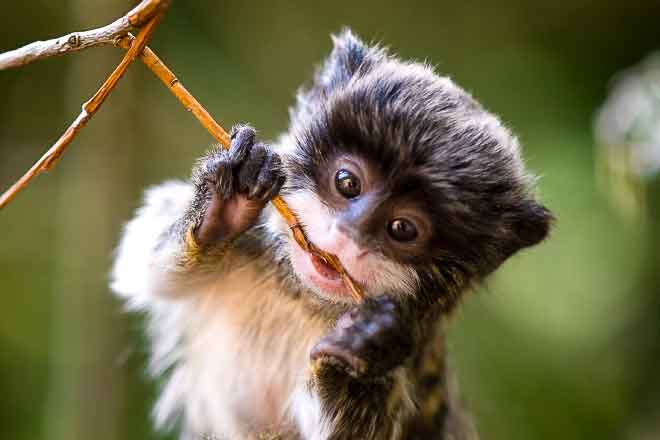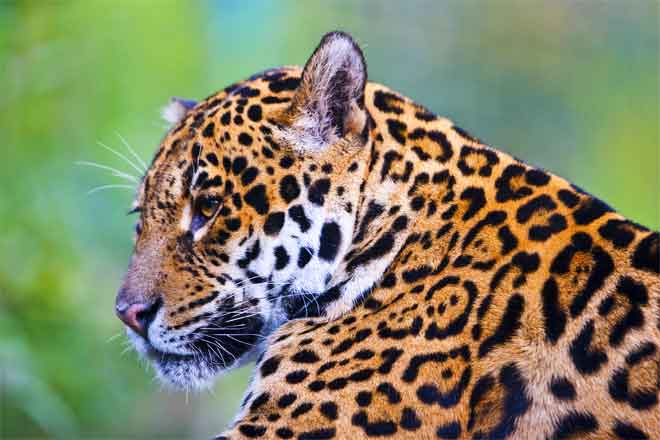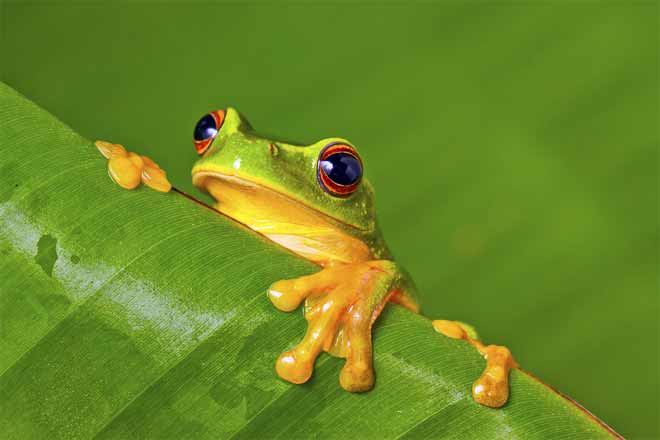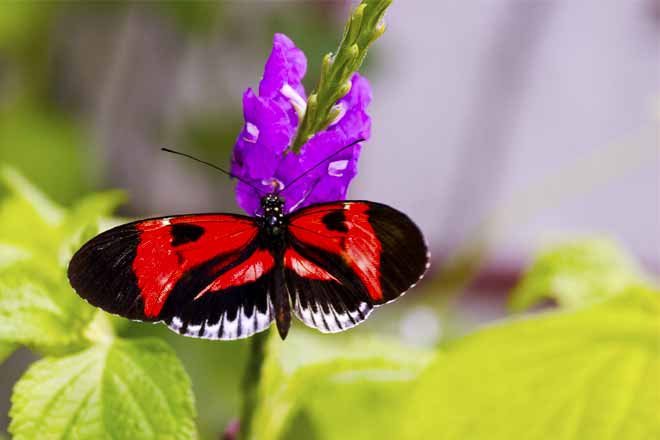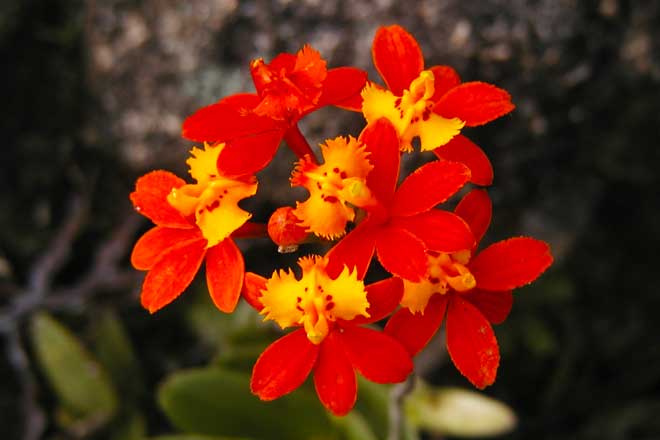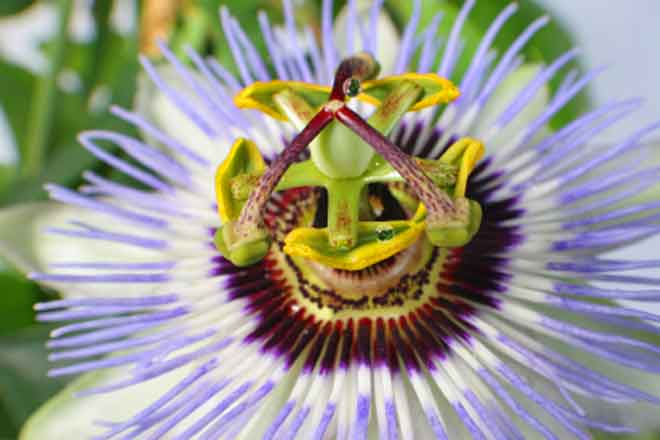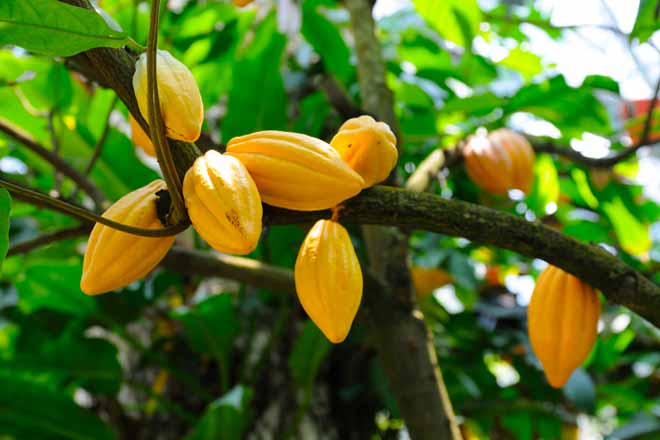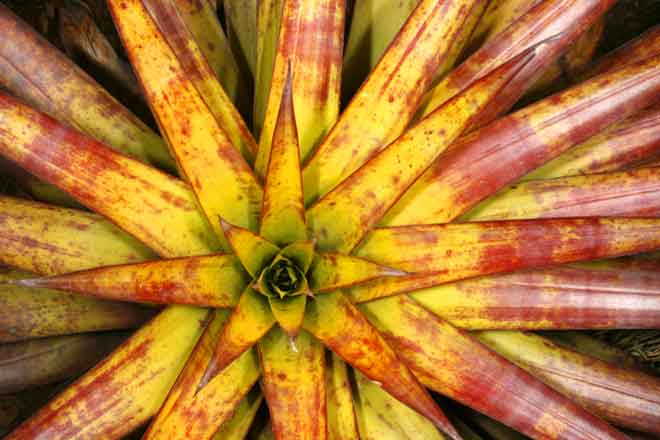Animals and Plants of the Rain Forest
Because tropical rain forests are some of the oldest ecosystems on earth, they are home to a diverse population of plants and animals. In fact, around 50% of the world’s land-dwelling plants and animals can be found here — with new species still being discovered.
Rain Forest Animals
Throughout all the different layers of a tropical rain forest, you’ll find a wide variety of animals. Most of us think of monkeys when we think of rain forests. Other rain forest mammals include sloths, tapirs, jaguars, ocelots, kinkajous, lemurs and agouti.
The warm, moist environment is also an ideal habitat for reptiles and amphibians. Many types of frogs, salamanders, snakes and lizards can be found in almost every layer of the forest.
Butterflies and moths are plentiful in the tropics as well. Many migrate, wintering in a rain forest and spending summers in our backyards.
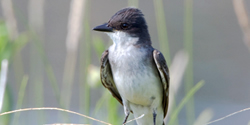
The Eastern Kingbird can be commonly found in California, central Texas, Florida, and along the Gulf Coast.
For the winter, they make their homes in Central and South America. They are commonly spotted in Peru, Brazil, and Bolivia. Occasionally you'll see them in Honduras, Venezuela, or Paraguay, and once in a while in Ecuador or Chile.
More BirdsRain Forest Birds
Rain forests are unequaled in their richness of bird species. Some birds—such as hummingbirds, harpy eagles, spectacled owls, toucans, macaws, quetzals, hornbills and finches—make their home in the forests year-round.
Others are temporary residents. Many of the songbirds we enjoy in our yards every summer spend their winters in the rain forests of Mexico, Central America and South America—relying on the forest for refuge during the colder months.
Rain Forest Plants
Over 200,000 species of plants thrive in rain forests. This abundance is due to the warm, humid environment and includes some of the most beautiful and interesting flora:
- orchids
- rubber trees
- poinsettias
- cacao trees
- Pitcher Plants
- passion flowers
- peace lilies
- brazil nut trees
- mahogany trees
- passion fruits
- lianas
- birds of paradise
- strangler fig
- quinine
All of the rain forest plants work to provide food and shelter for rain forest animals as well as convert carbon dioxide to oxygen.
Competition at ground level for light and food has led to some unique plant evolution. Some plants live on the branches of other plants and use “air roots” to draw nourishment from the air. Others, like the strangler fig, will wrap themselves around (and ultimately strangle) large trees to fight for survival.
Beyond beauty and interest, tropical rain forest plants contribute to modern medicine. It is believed that approximately 25% of all Western medicines on the market today come from plants found only in tropical rain forests. This includes treatments for a variety of cancers, malaria, multiple sclerosis, Parkinson’s disease, high blood pressure and more. But there is still so much untapped potential. According to Michael Blalick, director of the Institute of Economic Botany (part of the New York Botanical Garden), of all the known plant species, “less than 3 percent have been tested for their medical applications.”

